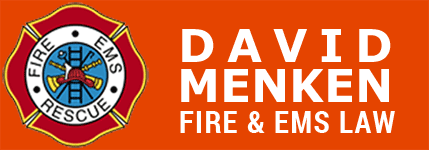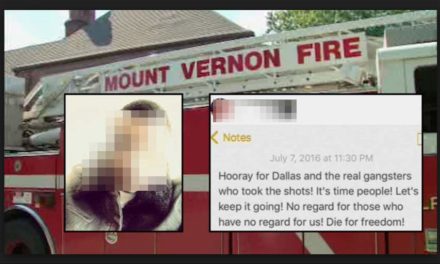 A fire department in Erie County has been cited by the New York State Comptroller for mishandling almost a half a million dollars. The Comptroller’s report shows how departments can easily mismanage their money but it also explains how departments can correct mistakes before they become insurmountable.
A fire department in Erie County has been cited by the New York State Comptroller for mishandling almost a half a million dollars. The Comptroller’s report shows how departments can easily mismanage their money but it also explains how departments can correct mistakes before they become insurmountable.
The Bowmansville Volunteer Fire Association, located in the Town of Lancaster, has approximately 88 members and provides fire protection to a portion of a fire protection district located in the Town pursuant to a written agreement. In 2012 and 2013 the Town paid the Department approximately $1.14 million and the Department also obtained revenue through fundraising. The Department had an accounting firm assist with day-to-day record-keeping and preparation of checks, and a certified public accounting firm conduct an annual audit of its finances. But still the Comptroller’s Office found irregularities in the Department’s tracking of expenditures. The Comptroller’s Office found that the department “did not adequately safeguard cash assets [and] made more than $426,000 in payments for inappropriate and questionable transactions and there is a significant risk that funds were misspent, misused or improper.”
The Comptroller’s report succinctly summarized the problem:
“This misuse of Company funds occurred because of inadequate oversight by Company officials and because the former Treasurer circumvented what minimal internal controls were in place. Moreover, Company officials issued inherently high risk debit cards to various officers. The Board did not conduct a comprehensive audit of all the bills prior to payment as required. Furthermore, the former Treasurer did not have canceled checks or check images on file which would allow for a thorough review of disbursements made by check. Company officials also failed to take corrective action in response to a comment in the CPA’s management letter regarding controls over disbursements.”
Among the findings:
(1) $67,033 in debit withdrawals and $78,441 in check payments to businesses for which there eas no evidence of provision of services to the department.
(2) Unsupported and questionable payments to restaurants and grocery stores and office supply companies, many associated with debt cards.
(3) Unaccountable gun raffle proceeds
(4) The former Treasurer did not keep cancelled checks or check images on file.
(5) The Department did not take corrective measures ion response to its CPA’s management letter regarding controls over disbursements.
The departmental by-laws required the Board of Directors of the fire department to audit bills and present them to the membership for approval. They also required the Treasurer to pay bills after review by the Board and approval by the members. According to the Comptroller’s Office, “done properly, this audit would allow the Board to determine, prior to payment, whether there is appropriate documentation supporting the purchase, such as receipts and invoices, and whether the purchase represents a legitimate Company expense.”
The fiduciary responsibilities of a Board, and of the executive officers of a fire department, should be obvious. In the case of the Bowmansville Fire Department the safeguards were written but not followed. No department wants to be found by the Comptroller’s office to be deficient, and more than that, no department wants to lose track of its money. Following financial reporting safeguards will go far in eliminating the risk of theft and mismanagement. Properly drafted by-laws and financial procedures should be high on the to-do list of all volunteer fire departments.





